Keith Gervasi
Reviews By Author
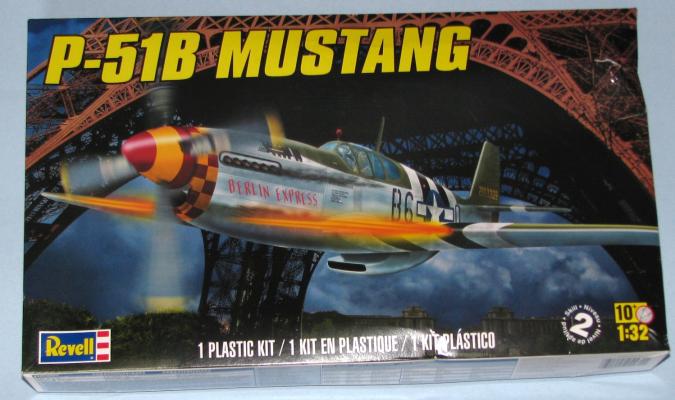
|
P-51B MustangPublished:
HistoryThe P-51 Mustang is probably the most well-known fighter aircraft ever built. Originally designed to fill an order from the British government, the P-51 was built by North American Aviation. The first examples did not show much promise until a switch was made to the Rolls-Royce engine. By 1944, the skies over Europe were dominated by the allies thanks to fighters like the P-51. The KitUpon opening the box I was transported back to 1973 when my brother built this kit! I remember thinking how cool it was to get not only cockpit detail but an engine too!! How cool was that?! Never get any better than this, NEVER!!! This kit dates back to the late 1960s and it shows, however, it’s still a fun kit to build and younger modelers might like this due to its… more |

|
Kawasaki Ki-100 Type 5 Army FighterPublished:
HistoryDerived from the Ki-61 Hein “Tony” the Ki-100 flew for the first time in February 1945 and without the need for the heavy coolant radiator and other fittings required for a liquid-cooled engine, was lighter than the Ki-61-II thus reducing the wing loading. This had an immediate positive effect on the flight characteristics, enhancing landing and takeoff qualities as well as imparting increased maneuverability, including a tighter turning circle. Pleased by the flight characteristics of the plane the model was ordered to be put in production and the first 271 of the airframes were remanufactured from Ki-61-II Kai and Ki-61-III airframes. Later 118 of the Ki-100 II with an ‘all around view’ canopy were produced. The Ki-100 was the Imperial Japanese Army’s last fighter… more |
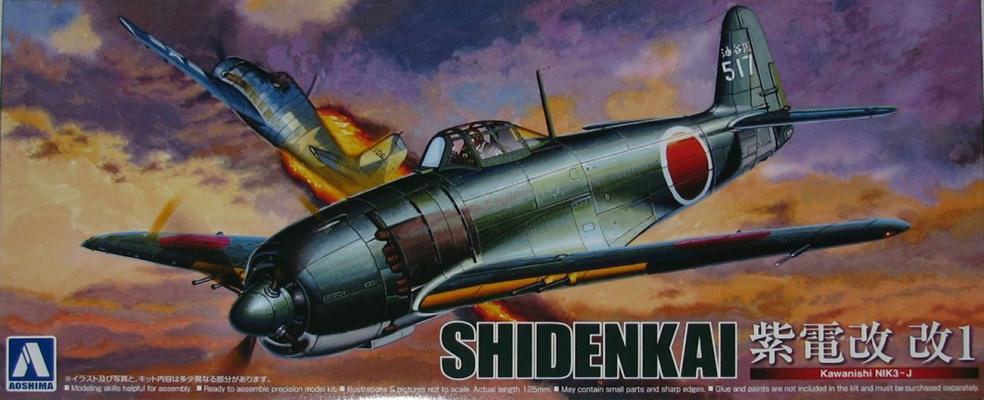
|
Kawanishi N1K3-J ShindenkaiPublished:
HistoryThe N1K was originally developed as a floatplane for forward land bases but by the time it entered service Japan was on the defensive. Kawanishi engineers had proposed in 1941 that the N1K could be a formidable land-based fighter too and a land-based version N1K1-j (J indicated land based fighter modification of the original floatplane version) was produced as a private venture by the company and first flew in December 1942. Due to it being a mid-wing design (because of the floats & large prop) a new design was begun just 4 days after the first test flight. The major defects being addressed were the wing and long landing gear. The wings were moved to a low position, which permitted the use of shorter, conventional undercarriage, the fuselage was lengthened and the… more |
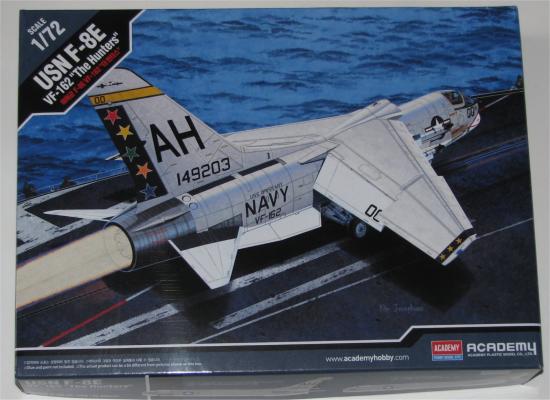
|
USN F8-E "The Hunter"Published:
The KitUpon opening the box you are presented with 4 sprues of grey and 1 sprue of clear plastic, a sheet of decals, an 8 page instruction fold out and a 4 page color & markings guide. The plastic is nicely molded with fine recessed lines, no flash and just a few pin marks. The clear parts a thin and very clear. The decals are in register and look very nice. ConstructionSteps 1-3 deal with everything that goes into the fuselage and the assembly of the fuselage. The cockpit has some detail molded on the fuselage sidewalls and decals are used for the control panel and side consoles. The seat is your typical kit ejection seat and is pretty basic, you’ll need to add your own belts or use aftermarket. Once the fuselage is assembled you don’t see a whole lot… more |
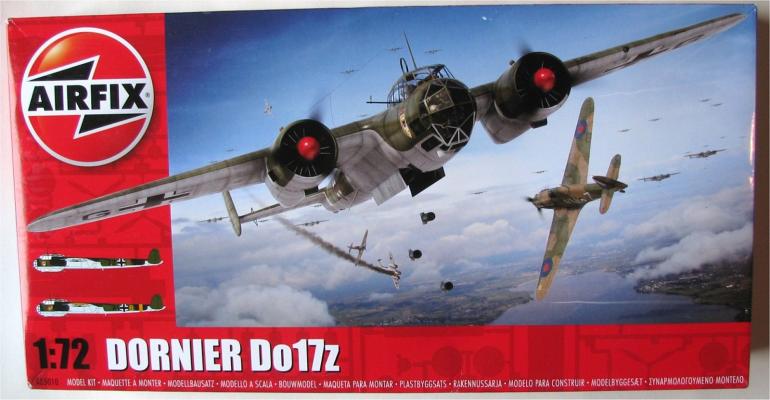
|
Dornier Do17zPublished:
HistoryDuring the early years of the Second World War the Dornier Do17 was one of the Luftwaffe’s most important medium bombers. Developed during the early 1930s, first as a mail plane then as a reconnaissance bomber, the Dornier was nicknamed ‘the flying pencil’, due to its very thin tapering fuselage. While early versions used inline engines, the iconic and most widely used Z variant used Bramo radial engines, and featured a re-designed cockpit area, with the intention of providing more space and defensive capabilities for the crew. However this was not wholly successful; its small crew area and lack of power operated turrets making it easy prey for allied fighters. Of all the German medium bombers used in the Battle of Britain the Dornier was the slowest and therefore… more |
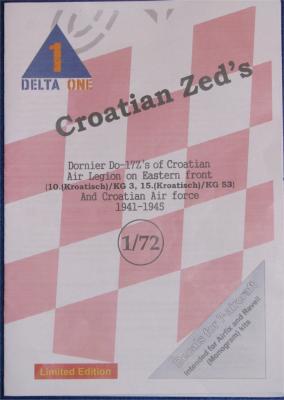
|
Croatian ZedsPublished:
Delta One has produced some interesting decals and this set is no different. This sheet gives you marking options for 7 different Dornier Do-17Z’s of the Croatian Air Legion on the Eastern front {10.(Kroatisch)/KG 3, 15.(Kroatisch)/KG 53} and Croatian Air Force 1941-1945. You are provide in a ziplock bag a beautifully printed decal sheet, that's in register, inside of an 11 page booklet. Inside the booklet on the first two pages is a brief history of the Croatian Do-17Z, a brief description of each of the 7 aircraft and sources for their research. There is color artwork for 7 A/C that includes both sides, top and partial underside views and also a color chart for each aircraft. The options included are:
|

|
Sd.Kfz.234/2 'PUMA'Published:
HistoryAmong the variety of wheeled armored vehicles which saw action in WWII, the Sd.Kfz.234/2 – armed with a 5cm gun – boasted the strongest firepower. The Sd.Kfz. 234 series, which was developed as successor the 8 wheeled Sd.Kfz. 231, had an important role in reconnaissance missions for Blitzkreig tactics. Four variations from 234/1-4 were deployed with differing armament and the 234/2 was the first in this series. Unlike the 231, armored with plate bolted onto the frame, the 234 adopted a monocoque structure to improve productivity and strength. Controls were located in both ends and the front armor plate was 30mm thick. The Tatra-made Type 103 air-cooled V12 diesel yielded 210hp, a maximum speed of 80kn/h, and a range of 1000km. The chassis had sophisticated 8-wheel… more |

|
Ju 87B Super44 Dual ComboPublished:
HistoryFirst flown in 1935 and making its combat debut in 1936, the Ju 87 was used until the end of the war, first as a dive bomber (Until the Luftwaffe lost air superiority and it became easy pickings for allied fighters), then as a tank buster, and finally as a night attack/harassment aircraft. Arguably its biggest contribution was the fact that it became the propaganda symbol of German air power and the Blitzkrieg victories of 1939–1942. Roughly 6500 Ju 87s of all types were built from 1936-1944. The KitUpon opening the box you will find an 8 page color instruction booklet, 2 sprues of injected plastic molded in grey, a VERY small photo etch fret, 2 separately bagged canopies and a very nice decal sheet. The plastic is very clean and crisply molded… but… more |
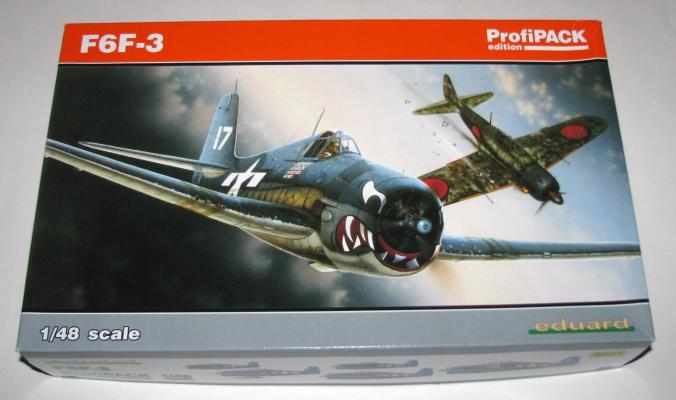
|
F6F-3 ProfiPackPublished:
HistoryAs there is enough on the history of this aircraft either in print or on the internet I will not go into it here. Suffice to say that the Hellcat is the most successful carrier based aircraft in history as 12,275 were built, 270 were lost and Hellcat pilots claimed 5156 kills in less than two years of ops. The KitRod Lees (IPMS# 10821) reviewed this kit when it first came out a few years ago and the only things different in this boxing are 1) Resin wheels are included (Eduard BRASSIN), 2) The color of the plastic is now intermediate blue. Upon opening the box you will find 4 large & one mini sprue of intermediate blue plastic, 1 clear parts sprue, decal sheet, 2 photo etch (P/E) frets, resin wheels, canopy/wheel masks and a 16 page instruction… more |

|
Panzer IV TankPublished:
HistoryDuring WWII, the use of tanks revolutionized the way war would be fought. It was known as “Blitzkrieg”, and the German Panzer tank was the key vehicle in this new style of war. The Panzer medium tank had a number of major modifications during the course of the war. The MK IV featured a 75mm main cannon and two 7.9mm machine guns. However, the MK IV was not heavily armored and suffered greater losses as the war developed. The PZKW was conceived in 1934 and went into limited production by 1936. The MK IV version went into full production in 1943 and reached large production numbers. After the first version of the PZKW, the MK IV became the basis for numerous armored vehicles, ranging from self-propelled guns to munitions carriers and bridge-layer tanks. Its poor armor… more |
